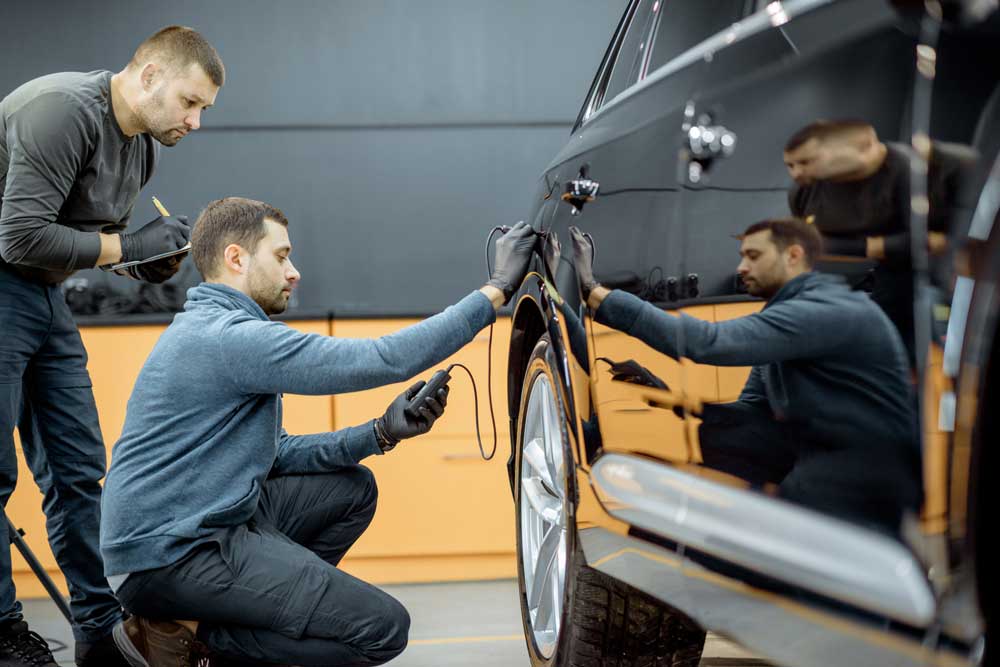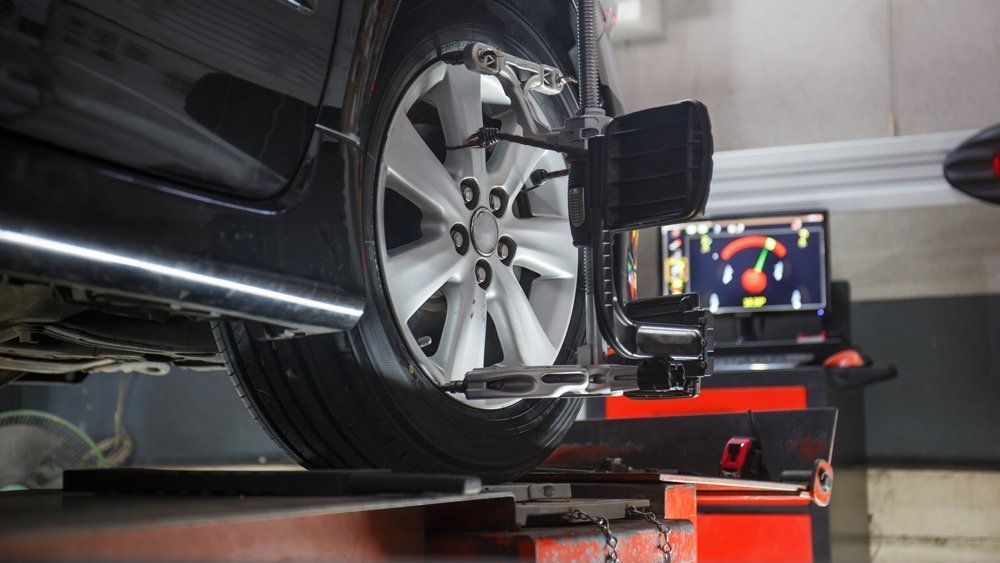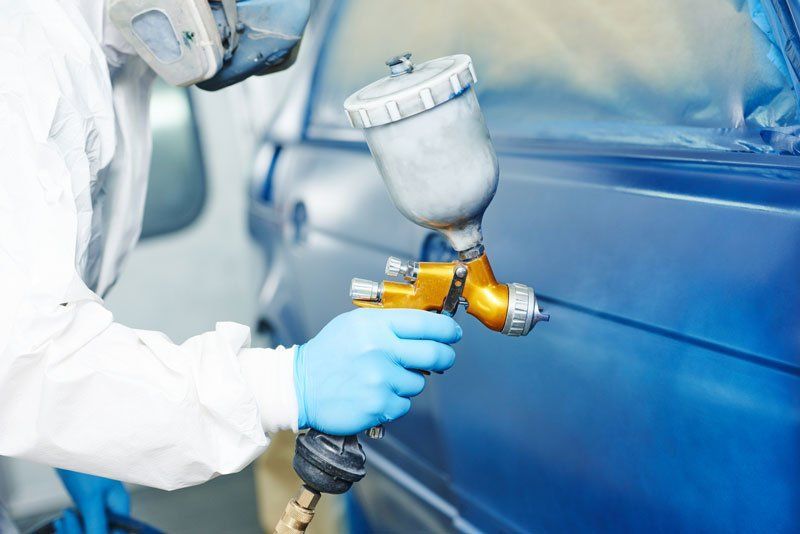STRUGGLING WITH A SOGGY CABIN? CHECK YOUR CAR FOR THESE 4 PROBLEMS

Moisture trapped inside the cabin of a vehicle can create numerous hassles for its owner and passengers. In addition to the obvious discomfort of trying to see through fogged glass, a damp interior can also allow mold and mildew to flourish, prompting allergic reactions and other respiratory distress.
If you notice significant dampness inside your vehicle, you'll want to get to the bottom of that mysterious water infiltration and make any necessary fixes to prevent more water from seeping in. Watch out for the following four issues that commonly cause a soggy cabin.
1. Worn-Out Weatherstripping
You may have noticed that the edges of your car windows feature rubberized weatherstripping similar to what you might find around a residential window or door. Manufacturers add this strip of material to form a tight yet flexible seal around gaps that might otherwise let moisture into the car.
This weatherstripping can naturally come loose or deteriorate after years of ordinary wear and tear. If you live in a climate with extreme weather or temperature conditions, this wear may occur especially rapidly. However, any older car probably needs new weatherstripping around its windows.
You can spot a weatherstripping problem fairly easily. The weatherstripping may appear flattened or crumbly, or a section of it may have detached from its surroundings. You may have the option of replacing this worn-out part with the original factory product or a generic aftermarket product, depending on your technician's recommendations.
2. Damaged or Faulty Windshield Seals
Modern car windshields don't rely on rubber weatherstripping to seal them against the elements. Instead, a urethane cement effectively fuses the windshield glass onto the frame. In theory, a windshield properly installed in this manner shouldn't spring a leak. However, such leaks can and do occur nevertheless.
Sometimes the fault lies in a tiny, unnoticed skip in the urethane's seal during the assembly process. If you replaced your windshield with someone lacking the proper skills, tools, and training, a less-than-precise application of urethane may have left a pinhole leak. Your body technician can often seal these leaks.
3. Malfunctioning Sunroof Drains
Sunroofs naturally collect rainwater around their perimeters. Manufacturers build a set of drains into the sunroof, one at each corner, to catch and redirect this moisture. The attached drain tubes carry the water safely away to exit points located near the rocker panels.
Unfortunately, it doesn't take much to make this drainage system malfunction. The small drain holes can get clogged, forcing water to accumulate around the sunroof and eventually drip into the vehicle. The drainage tubes can also disconnect, spilling water into the cabin instead of expelling it from the vehicle.
Your auto technician can remove a clog from a sunroof drain by snaking a wire into the drain or blowing compressed air into it. A drainage tube that has developed a leak or keeps disconnecting may need replacement.
4. Leaky Air Conditioning Components
Sometimes, your own car can saturate its cabin with water. If your driver's footwell feels soggy, you may have developed a problem with your air conditioning evaporator drain hose. This hose normally receives the condensation from your air conditioner's operation and reroutes it to drip on the ground.
This drain hose can clog due to constant or repeated exposure to everyday road debris, from dust and gravel to twigs and leaves. Once it thoroughly stops up, the evaporator gets wetter and wetter with accumulated condensation. This extra water eventually finds its way into your cabin.
Your auto technician can clean out a clogged evaporator drain tube. Get this problem fixed before the moisture has a chance to damage your cabin upholstery or infest your interior with mold spores.
Cambron Body Shop can diagnose and correct a variety of body or windshield leakage issues, whether that unwanted water comes from outside the car or inside your air conditioner. Contact us today to describe your vehicle to us and request a free estimate.
Phone: 270-684-1465 | Email: cambronnet2@aol.com | Address: 1720 SWEENEY ST, Owensboro, KY 42303















